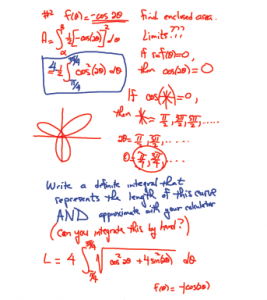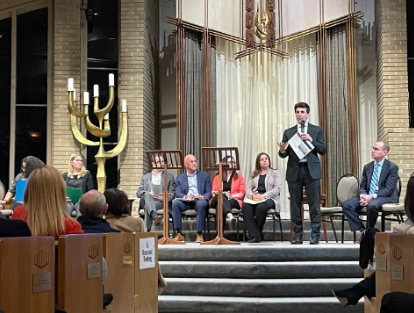
When students walk into a science, math, English or social studies class, they are almost guaranteed to see a SMART Board. These big electronic whiteboards seem to have found their way at the front of most classrooms on the second and third floors, and are used to display notes, worksheets, websites, movies and more.
However, while teachers go through a minimal amount of training, not all teachers seem to use the SMART Boards to their potential.
“I feel like I need more training,” Suzanne Kammerman, social studies teacher, said.
“Last year I got some training, but it was before I had a SMART Board in my room.”
Now that she does have a SMART Board, she wants to learn how to use it, but so far, she has had little opportunity.
“This year they held night sessions, but I could not attend them.”
Bill Wilkes, math teacher, agrees that for teachers new to the device, it can be difficult to use.
“At this point I use it effectively, but when I first started using it I barely scratched the surface,” Wilkes said.
He argues that while training is helpful, the real lesson comes from experimentation.
“We all had at least one day of basic training, but the rest is just using it,” Wilkes said.
No matter what their experience with the SMART Board is, teachers agree that it is a good learning tool.
“If it is used correctly, then there are a lot of possibilities,” Kammerman said.
Wilkes echoed this opinion, saying that it makes the class more “dynamic.”
“Teachers can post notes on Blackboard, and students who were absent can get those notes,” said Wilkes.
Math teacher Taryn DiSorbo, also agrees that it helps students learn, but only to a certain extent.
“It is a tool that helps,” said DiSorbo, “However, I think they would learn the same without it. It may help students who learn visually, but not everyone needs it.”
Thomas Palumbo ’13 agrees with this statement, saying that the SMART Boards are not necessary.
“They can just use projector screens,” Palumbo said.
Others believe that the SMART Boards are useful, but also dependent on the knowledge of the teacher.
“I think they are pretty effective, but some teachers don’t really know how to use them,” Brad Payne ’13 said.
This sentiment is shared with Payne’s fellow classmates.
“It’s only a good teaching tool if the teacher knows how to use it,” Rachel Lindstrom ’13 said. “If not, it’s a waste of time.”
Some students believed that specific departments used them better than others.
“Science and math use it effectively because in social studies, there’s nothing to really put on the board,” Palumbo said.
Johnny O’Kelly ’12 agreed that the third floor teachers utilize the SMART Boards more successfully, but for a different reason.
“They [math and science teachers] are more technology oriented,” Kelly said.












































